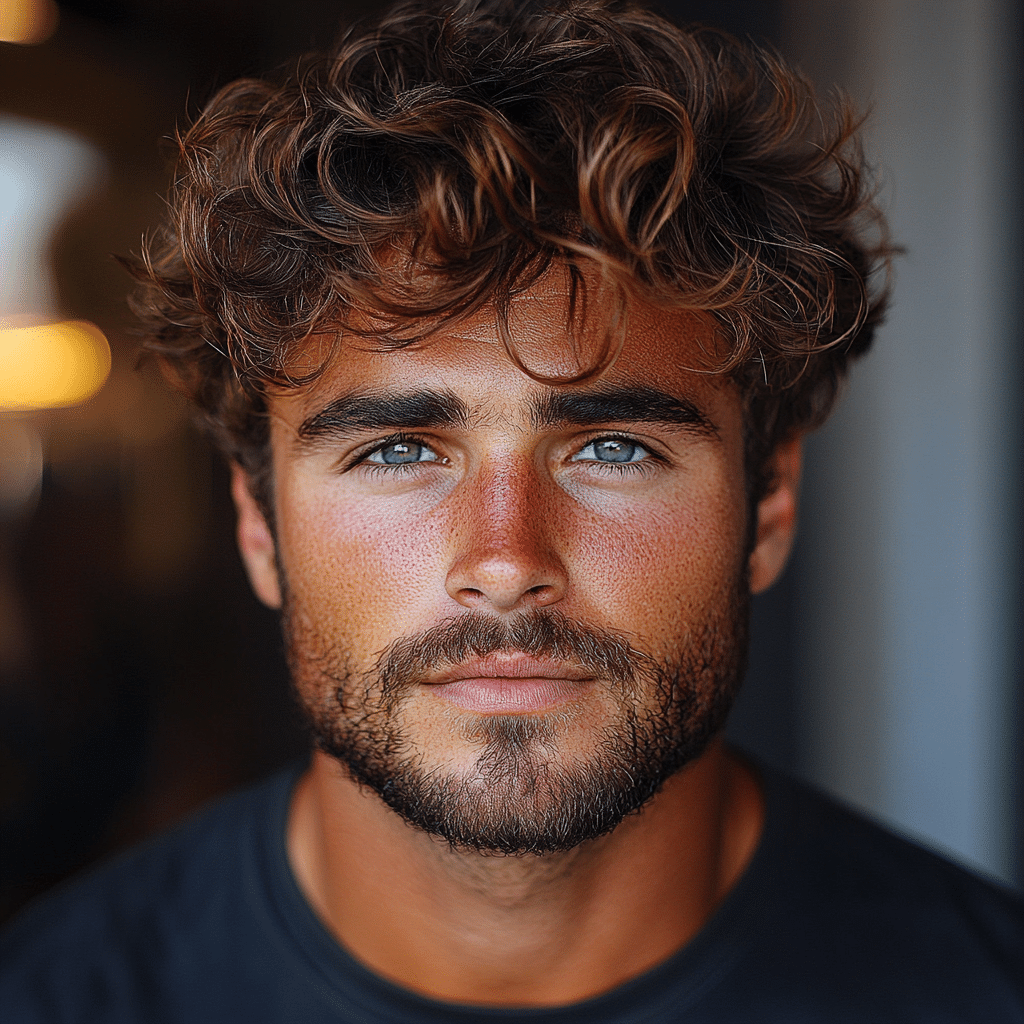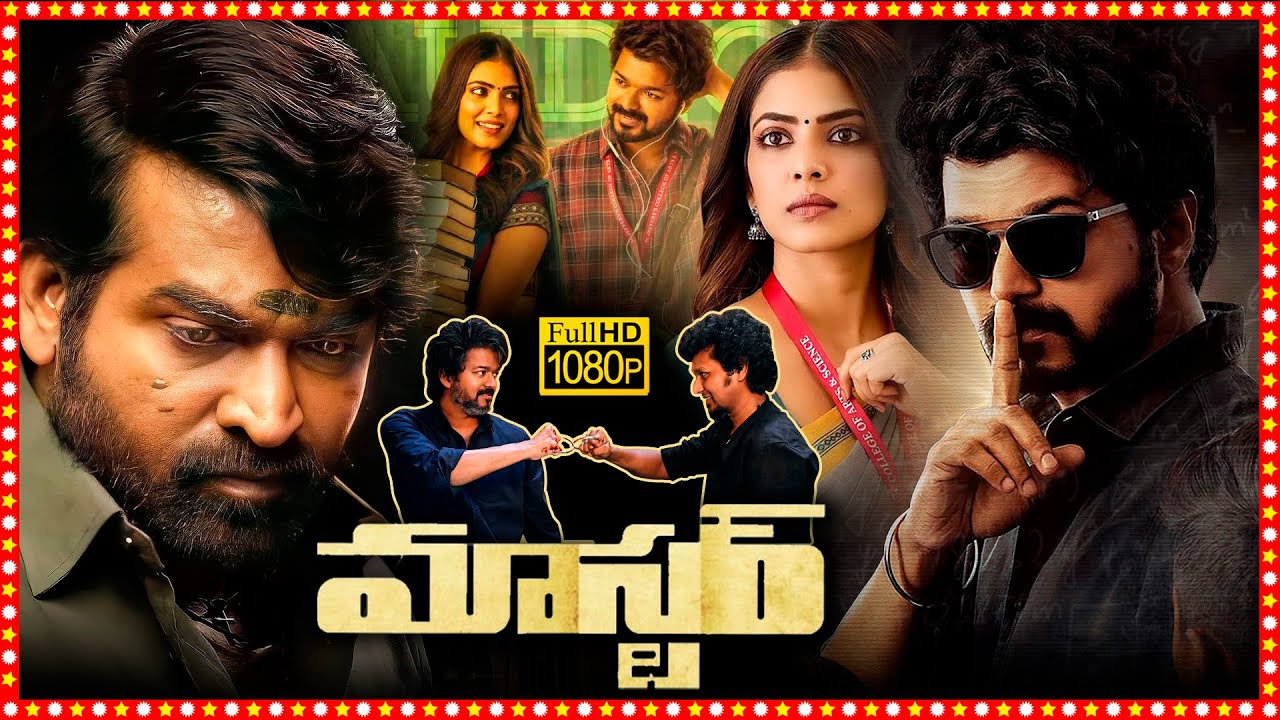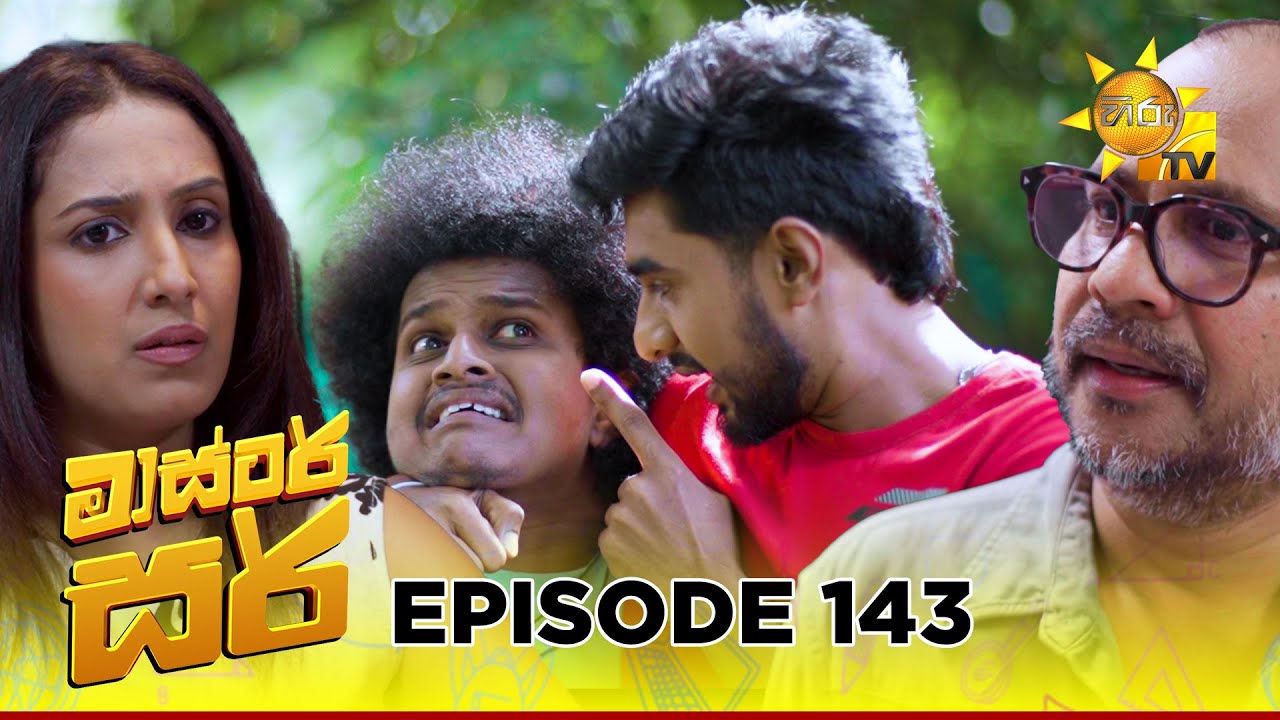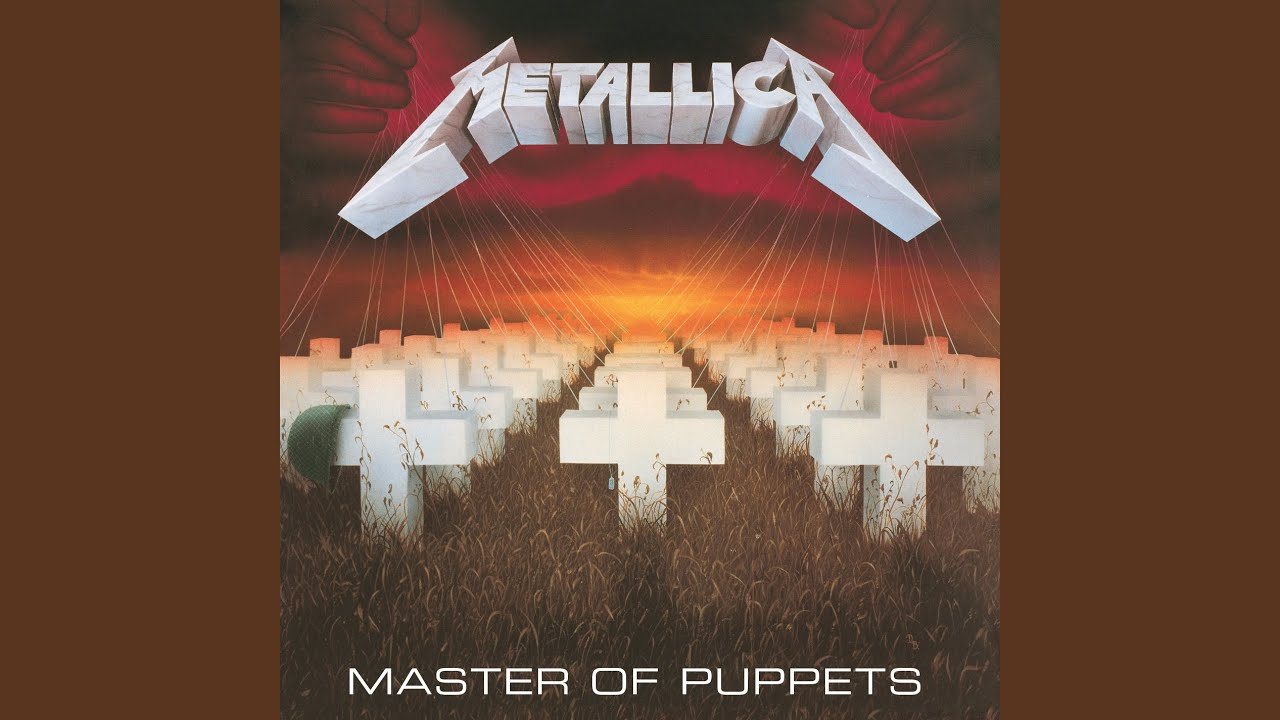Cinema’s allure lies in its master storytellers, the creative minds who craft narratives that tickle our emotions and reshape our perceptions. You know, the ones who take us on wild rides through laughter, tears, and everything in between? From edge-of-your-seat thrillers to heartwarming animated tales, these filmmakers have mastered their crafts and left indelible marks on the film industry. So, let’s dive into the lives and works of seven master filmmakers who have influenced the cinematic sphere like nobody else.
7 Master Filmmakers Who Changed the Sphere of Cinema
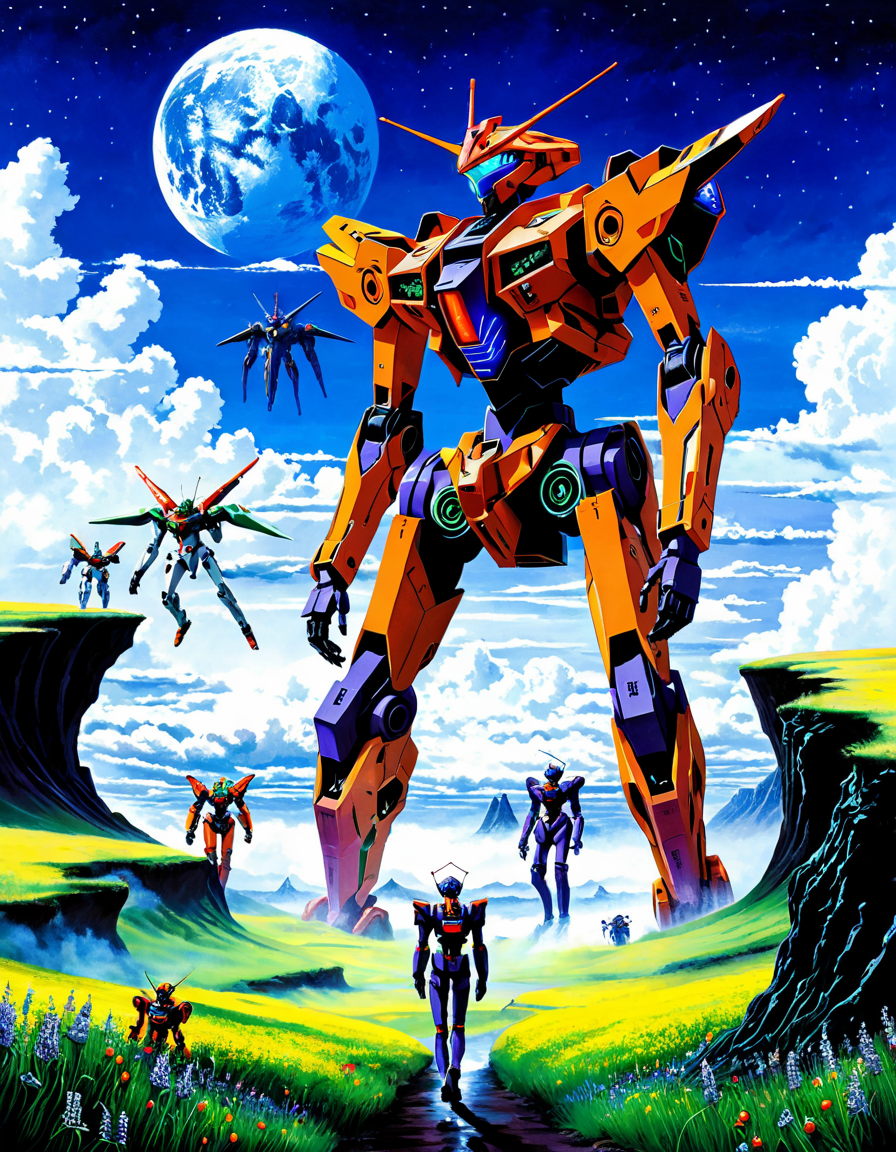
1. Alfred Hitchcock: The Cowboy of Suspense
When you think of suspense, Alfred Hitchcock instantly comes to mind. Dubbed the “Master of Suspense,” he expertly pulled audiences into terrifying thrillers. His films, Psycho and Rear Window, showcase his genius in playing with anticipation and fear. Hitchcock’s signature close-ups and chilling sound effects make it clear that he’s a master at crafting tension.
Did you know that some of his greatest works didn’t need heavy dialogue? Hitchcock often used silence and visual storytelling to make viewers’ skin crawl. His ability to connect with audiences through manipulation of what we see (or don’t see) gives Hitchcock a cowboy-like stature in the cinematic landscape. His films live on, continuously inspiring filmmakers who seek to conjure the same level of nail-biting suspense.
2. Akira Kurosawa: Voice of the Silent Protagonist
Now, let’s jet over to Japan and talk about Akira Kurosawa. He wasn’t just a filmmaker; he was a poet behind the camera, blending Eastern and Western storytelling techniques flawlessly. Classics like Seven Samurai and Rashomon reveal Kurosawa’s talent in portraying the human experience through captivating visuals and intricate character arcs.
His films often delve into the depths of moral dilemmas and emotional struggles. With a deft hand, he crafted an art form that transcended language, proving that cinema can connect us all. Kurosawa’s work continues to resonate today, inspiring a myriad of filmmakers who recognize the power of shared human stories.
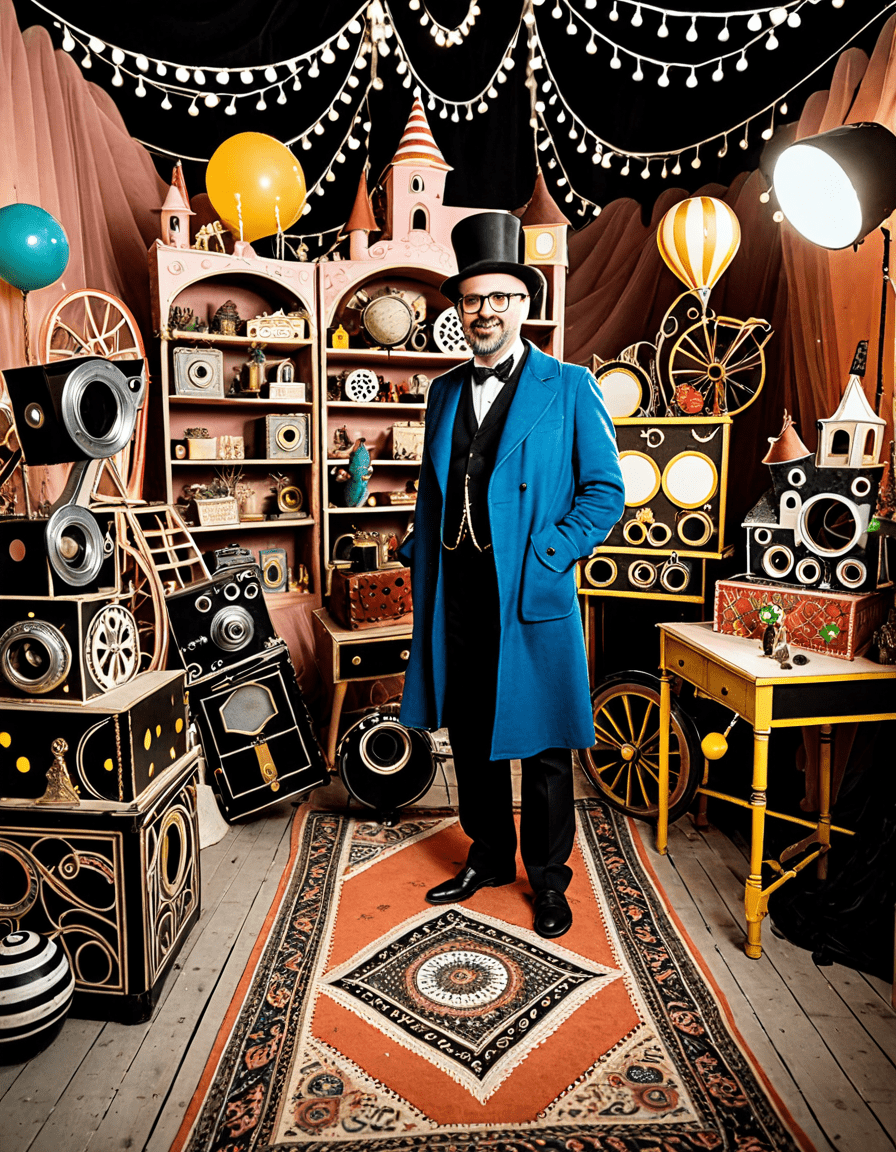
3. Martin Scorsese: The Fast Hand of Crafting Realism
Entering the world of gritty realism, we find Martin Scorsese, the master filmmaker who transformed how stories about America are told. With standout films like Goodfellas and Taxi Driver, Scorsese’s fast-paced editing and dynamic storytelling redefine character development. His commitment to authenticity and raw explorations of morality speak to audiences on a personal level.
Scorsese’s work often reflects American history, weaving personal narratives into broader societal tales. Whether it’s a mobster’s rise to power or a cab driver’s descent into madness, Scorsese captures the essence of identity in a way few can. His films serve as a mirror, revealing the intricate tapestry of American life through a filmmaker’s discerning lens.
4. Hayao Miyazaki: The Renegade of Animated Storytelling
Animation took a magical turn in the hands of Hayao Miyazaki, a master storyteller who changed the way we perceive animated films. With works like Spirited Away and My Neighbor Totoro, Miyazaki didn’t just entertain; he wove enchanting tales enriched with philosophical themes. His films explore the relationship between nature and humanity, transcending age and cultural barriers.
Miyazaki’s unique ability to blend lush visuals with profound topics resonates with audiences of all backgrounds. Each character he crafts possesses depth and humanity, making viewers connect emotionally to their journeys. The artistry and heart behind Miyazaki’s films reveal a renegade spirit intent on breaking free from the limitations of conventional animation, solidifying his lasting influence in cinema.
5. Spike Lee: The Quick Catalyst for Change
Spike Lee has always wielded film as a potent tool for social commentary. Masters of dialogue and humor, his films like Do the Right Thing and Malcolm X fearlessly explore racial issues and the complexities of identity in America. Lee’s narratives often come thick with humor, yet they strike poignant chords that prompt viewers to think critically about the issues at hand.
His innovative storytelling invites audiences to join him on journeys that challenge norms and provoke discussions. Lee’s films serve as a quick catalyst for change, shaking viewers from complacency and encouraging them to engage with the world around them. His voice remains influential, reminding us that cinema is a powerful medium for eliciting awareness and fostering dialogue.
6. Quentin Tarantino: Master of Dialogue and Style
When it comes to Tarantino, you better buckle up! His films are a wild ride characterized by sharp dialogue and non-linear storytelling. From the iconic Pulp Fiction to the revenge-driven Kill Bill, Tarantino celebrates the eclectic world of cinema and its history, crafting narratives that weave together multiple genres like a masterful tapestry.
Tarantino’s style is unmistakable, peppered with cultural references and delightful wit. His dedication to film as an art form inspires countless filmmakers to embrace their creativity and push the envelope. Indeed, his work challenges conventions and provides a fresh perspective that captivates hungry cinephiles worldwide.
7. Christopher Nolan: Shaping Holes in Time and Space
Last but definitely not least, we have Christopher Nolan—an architect of intricate plots and master of unexpected twists. Films like Inception and Interstellar showcase his ability to explore complex ideas about time and reality while engaging audiences on a cerebral level. Nolan’s mastery lies in his meticulous storytelling and seamless integration of practical effects over CGI, giving his narratives a compelling realism.
His ambition in shaping holes in narrative structure prompts audiences to ponder deep philosophical questions while being thoroughly entertained. Nolan’s influence represents a significant shift in modern filmmaking, inviting audiences to connect with multifaceted storylines that provoke thought and spark conversations long after the credits roll.
The Artistic Voice Unveiled: Connecting the Power of Cinema
These master filmmakers have gifted us more than just timeless tales; they’ve expanded the cinematic horizon. Their unique approaches blend genres, challenge norms, and create profound emotional connections with viewers. The true beauty of cinema lies in its ability to share experiences and elicit emotional responses that resonate deeply within us.
As we appreciate the legacies of these filmmakers, it’s important to recognize how their contributions shape not only our understanding of storytelling but also our perspective of the world. The power of film encourages us to think critically, see from different lenses, and engage deeply with the narratives that touch our lives. So when you sit down to enjoy a movie, remember—you’re not just watching; you’re participating in an ongoing dialogue shaped by these masterful voices in cinema.
Now, unleash your inner cinephile and dive into their masterpieces, because their genius transcends time. Trust us, it’s a journey you won’t want to miss!
Masterful Cinema: Fun Facts About the Legends
The Art of the Master
Did you know that many cinematic geniuses hone their craft through unconventional methods? For instance, the famous director behind timeless classics is said to have an unusual favorite exercise routine: knee push Ups. While the connection between fitness and filmmaking might seem odd, some argue that physical discipline fuels creativity. Thus, it’s fascinating how something so simple can lead to profound artistic results.
Speaking of creativity, take a look at the influence of music on cinema. The electric sounds of rock bands, like Reo Speedwagon, often inspire filmmakers during the editing process. In fact, their song “Can’t Fight This Feeling” has become iconic, often cited by directors who blend emotional storytelling with killer soundtracks. It’s a perfect example of how music and movies become intertwined in a master’s hands.
Masters and Their Unique Inspirations
When it comes to animation, few films have captured hearts like “Madagascar” (2005). Its offbeat humor and colorful characters demonstrate how a master can transform simple ideas into gold. The quirky lines and vibrant visuals ensure that it resonates with audiences worldwide. Fun fact: the film’s voice cast came together in unexpected ways, showcasing how collaborations can yield outstanding results, reminding us of the colorful characters found in Melrose and beyond.
Additionally, many masters in the industry are trendsetters, pushing boundaries that change the way we perceive storytelling. One exemplary figure recently captivated audiences with Argylle, a film that shifts conventional narrative styles. Its unique approach has left many curious about how modern directors balance influence and originality, as they navigate the tides of change in cinematic trends.
Embracing the Master’s Journey
Every master has their struggles and breakthroughs. It’s amusing to know that some have been inspired by odd research, such as the vibrations showcased by the Usicamm Venus. Strange, right? This just goes to show that creative juices can flow from the most unexpected sources! Masters know that sometimes the best ideas sprout from the most unlikely of experiences.
In conclusion, the master director’s journey is a winding road filled with quirky learning moments and odd inspirations. Whether it’s through a simple routine like knee push ups, the emotional pull of rock music, or the wild creativity seen in “Madagascar,” every tidbit adds to the brilliant tapestry of cinema. So, the next time you watch a classic, remember the countless intriguing stories behind the scenes, and continue to celebrate the genius behind those timeless films.
